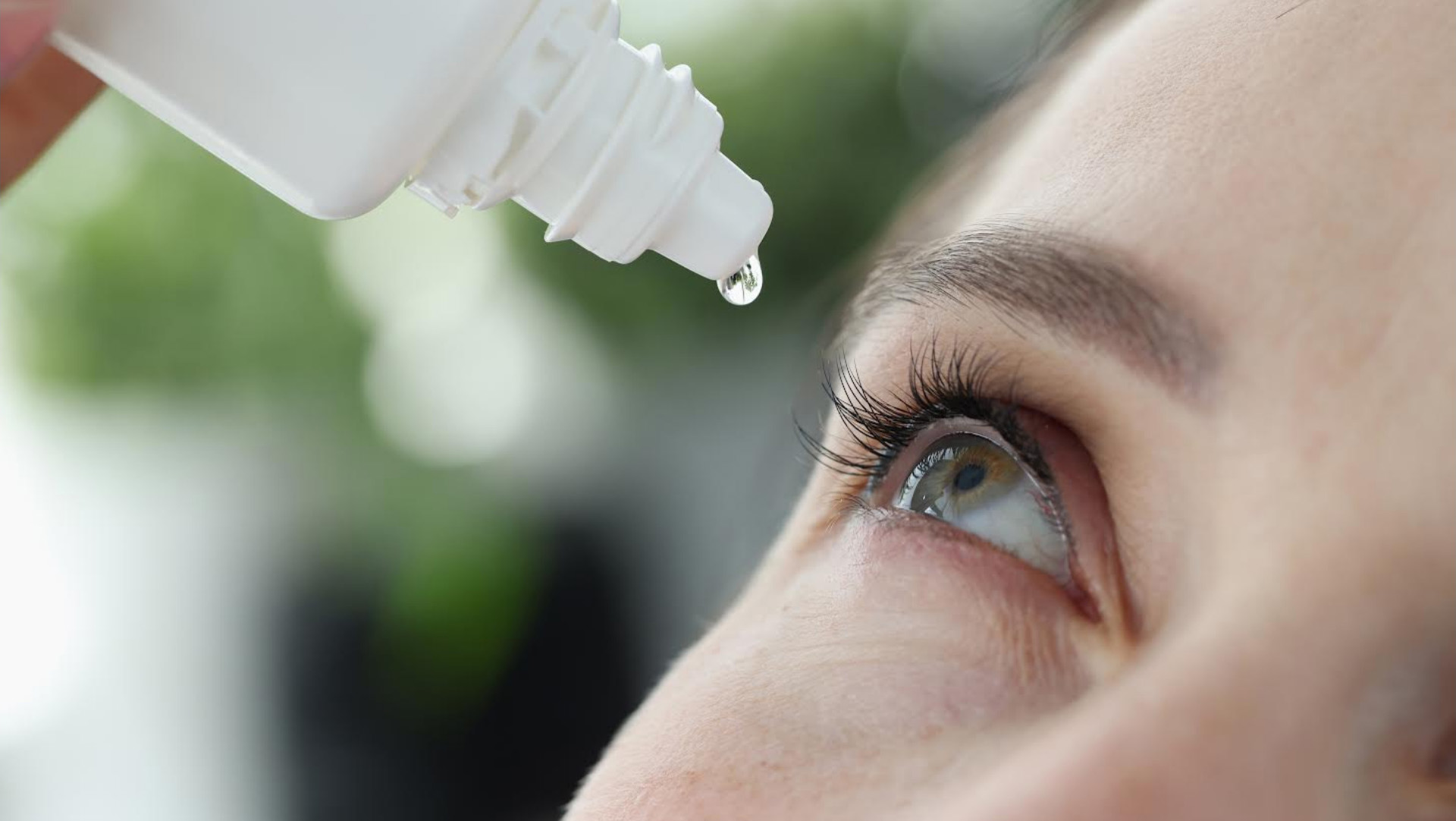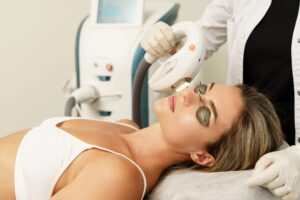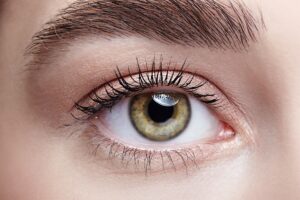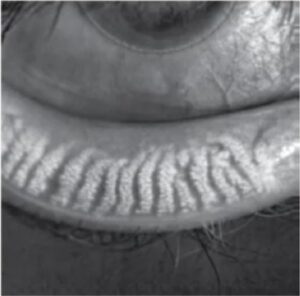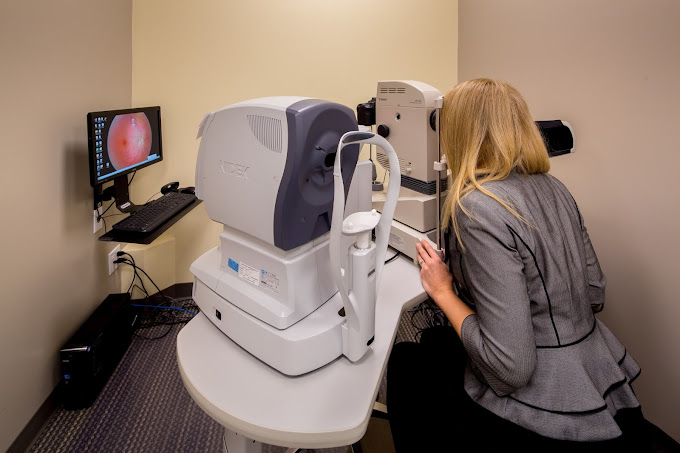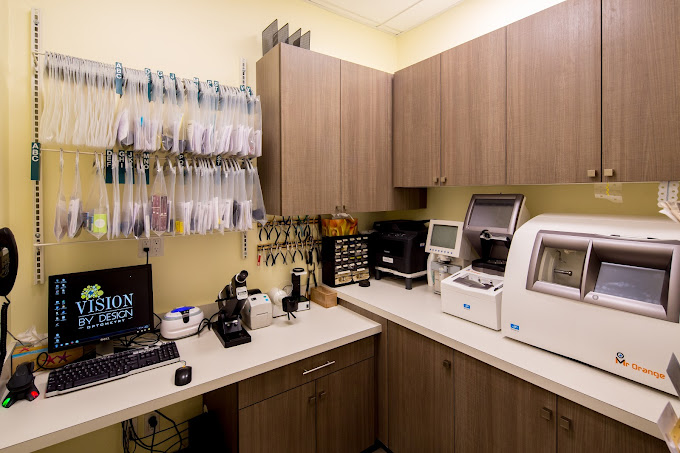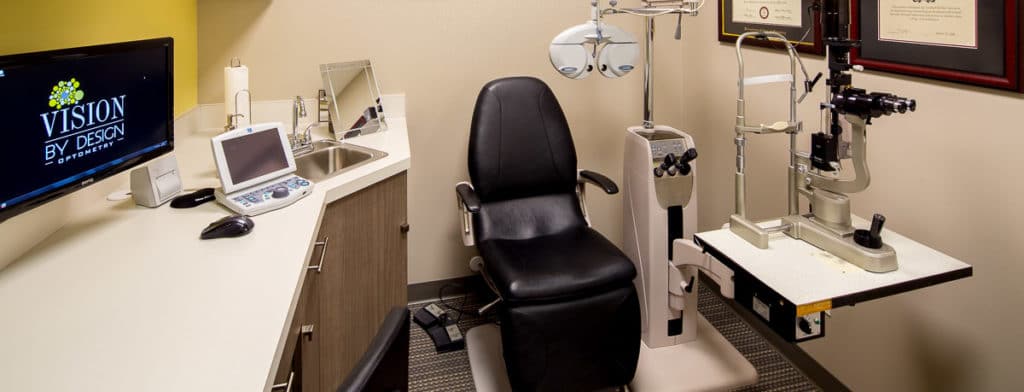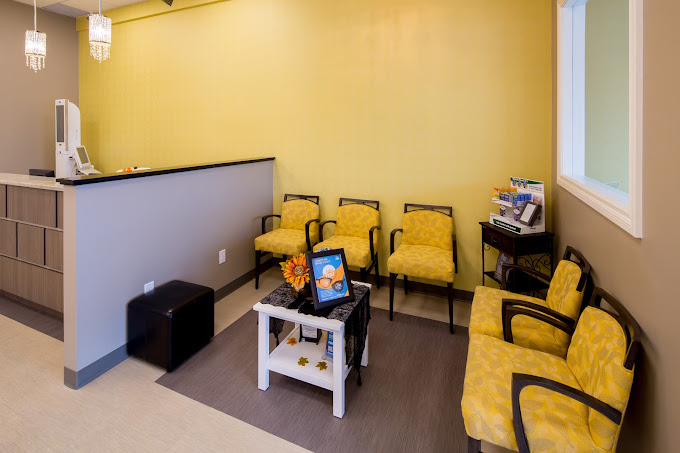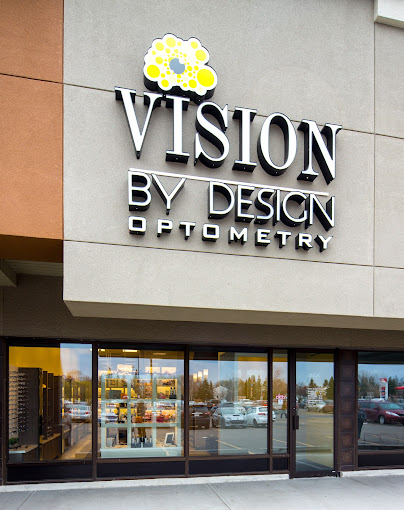Our Services
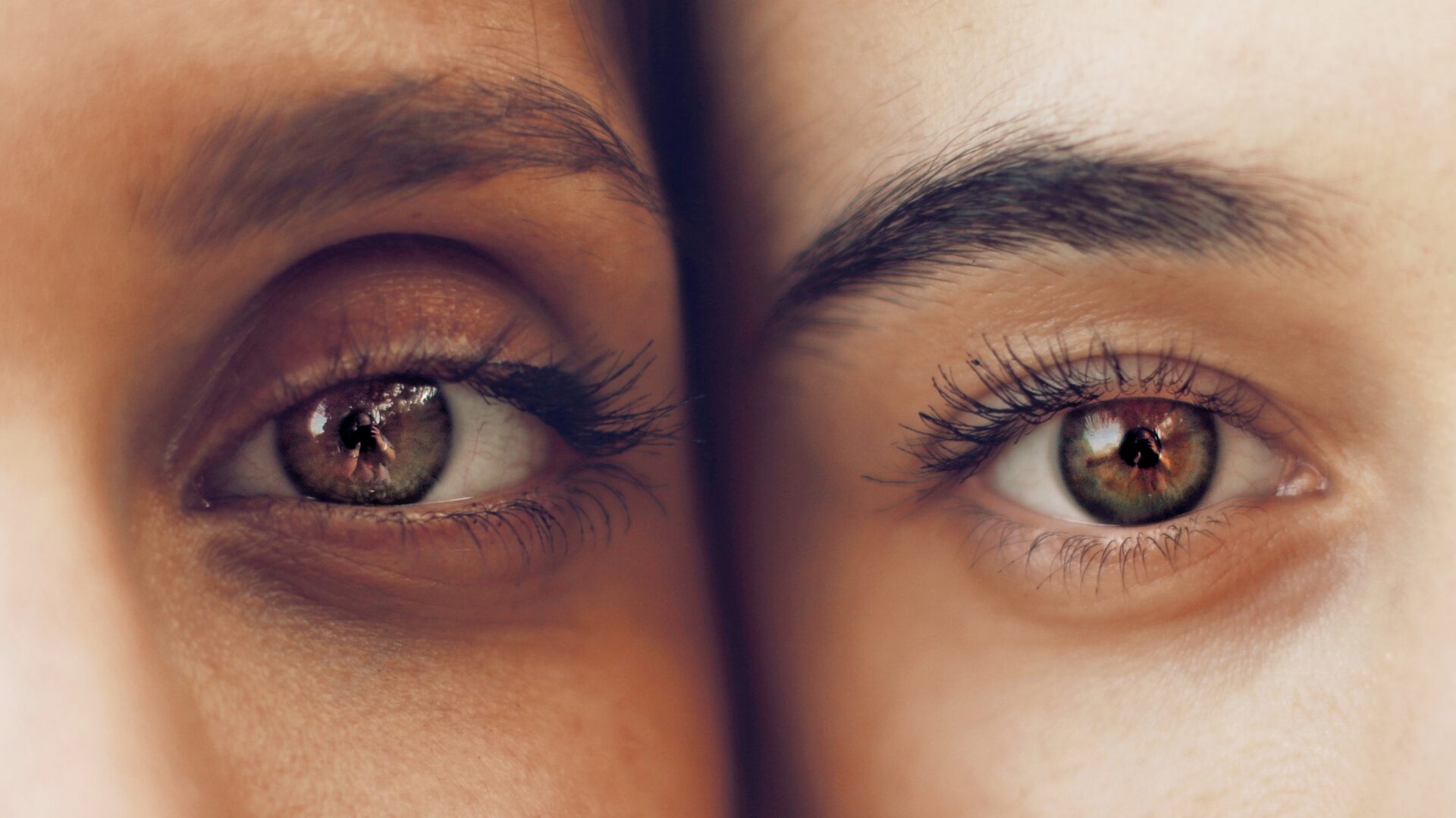
What is Dry Eye Disease?
Also known as ‘Dry Eye Syndrome,’ Dry Eye Disease is a chronic progressive inflammatory disease of the eyelids. Though most people will experience dry eyes on occasion, the frequency and severity of dry eye symptoms is much greater in those diagnosed with dry eye disease. Occasional dry eyes tend to be caused by external factors like exposure to dry or windy environments, prolonged screen time, or even simple tiredness. On the other hand, dry eye disease is a chronic and more serious condition. It occurs when there is an imbalance in the quantity or quality of tears, leading to persistent discomfort and potentially even progressive damage to the eye. It can be caused by various factors, including aging, hormonal changes, underlying health conditions, medications, or other environmental factors. Dry eye disease necessitates ongoing management, a professional assessment, and tailored care to address the underlying causes and provide long-term relief for the patient. It’s essential for individuals experiencing chronic eye discomfort to consult an eye care professional for a proper diagnosis and a treatment plan targeting your specific underlying factors.
Dry Eye Symptoms and Treatment
Dry eye disease is a common eye problem in Canada, affecting up to 80% of the population, and it’s important to understand its symptoms and how it can be treated. People with dry eye disease often experience symptoms like dryness, irritation, burning, or a gritty feeling in their eyes. Not all patients with dry eye experience discomfort. Additional symptoms can include fluctuating vision, excessive tearing or watery eyes, or light sensitivity. Your eyes might get tired quickly while contact lens wearers can find it uncomfortable to wear their lenses. The good news is there are various ways to manage dry eye disease. These treatments can range from simple lifestyle changes to using specialized eye drops or more lengthy procedures. Common treatment options include using artificial tears and warm compresses in the eye area. More customized treatments target the underlying causes of dry eye and can offer more permanent solutions. In office treatments such as Intense Pulsed Light (IPL) therapy and Radio Frequency Thermal treatments can be effective tools at targeting dry eye. Contact Vision by Design today to see how our services can improve your eye health today!
Common Dry Eye Symptoms:
- Irritated or red itchy eyes
- Inflammation around the eye area
- Soreness and pain
- Sensitivity to light
- Blurred/fluctuating vision
- Gritty feeling in eye
- Pressure behind the eye

Meibography
A non-invasive technique using infrared imaging, meibography is a procedure which helps assess your eye health and meibum level. By looking at the structure and state of your meibomian glands, your eye doctor will check for abnormalities associated with oil secretion. Meibography can help diagnose dry eye conditions, such as Meibomian Gland Dysfunction (MGD) or other evaporative dry eye diseases. Our doctor will identify the underlying cause before determining the appropriate dry eye treatment for you. Schedule an appointment with us today to get started.
Intense Pulsed Light (IPL)
If you’re experiencing dry eye symptoms, such as tear evaporation or inflammation, this may signal underlying issues stemming from meibomian glands within your eyelids. Conditions like Meibomian Gland Dysfunction (MGD) or Ocular Rosacea can disrupt the production of proper tear and lipid formation—leading to friction.
Intense Pulsed Light or IPL improves dry eye conditions by targeting oil blockages with pulses of light. Heat from the procedure not only helps to destroy bacteria, but also restores the state of blood vessels—speeding up the healing process.
Thermal Treatments
Radio Frequency Thermal Treatments
By applying heat near the gland area in the eyelid, Radio Frequency (RF) Thermal Treatment is an in-office procedure that works to melt oil blockages. Through this method, tear quality and production are improved. When heat is introduced, the directed heat also stimulates the production of collagen and white blood cells. Not only does this process help reduce inflammation, but it also tightens the skin and reduces wrinkles. A non-invasive process, this dry eye treatment is suitable for any skin type. Radio Frequency Thermal therapy usually takes 1 hour, with visible results after repeated treatments over the course of several weeks.
Warm Compresses
Involving heat, warm compresses are an at-home treatment that provide relief to the eyes. Working to melt hardened meibum (or oil substance) near the eyes, the lipid component in the tear film can distribute more evenly—improving tear quality. As a result, this helps moisture retention and reduces the rate of tear evaporation. Warm compresses provide immediate comfort by helping clear debris and buildup.
Lid Debridement
Lid debridement can be thought of as a form of eyelid cleaning. Targeted towards removing biofilm, keratin deposits and dead cell formations, lid debridement unblocks eye gland obstructions. This treatment can help with gland expression. Since dust and debris can repeatedly form, visiting an eye doctor for regular cleanings is suggested for optimal ocular surface and eye health.
